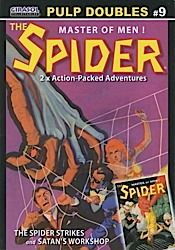Introduction
Downtown Wichita Falls, Texas, in the mid 1940’s was a bustling metropolis for a boy of 7 just away from the farm and ranch community where he was born. My father, a cook and cowboy by trade, had just started as one of the first cooks for the Casa Manana restaurant in 1947. He moved us to an apartment on Ohio Street, right across from the Gem Theater, between 7th and 8th Streets. It’s here that we would stay for the next three years. The Gem Theater became a magic palace for a young mind. But it had to share that distinction with the rest of the magic that was Wichita Falls. I attended San Jacinto and Carrigan elementary schools, as well as Reagan Junior High, and belonged to the Boys Club on 6th Street. Please join, and share your stories and pictures through a Guest Blog, of early Wichita Falls - or your home town. Contact me at fadingshadows40@gmail.com or leave a comment. We could use old pictures of movie houses, drive-in theaters, and other nostalgic pictures related to our youths.
Sunday, September 29, 2013
Pulp Research Books
Saturday, September 28, 2013
The American Drive-In Theatre
Calvin's Beanie Cap
Friday, September 27, 2013
Radio Archives

“In the Autumn of 1933, Popular Publications took the pulp universe by storm when they released in rapid succession, G-8 and His Battle Aces, The Spider, and the first of the weird menace pulps, Dime Mystery magazine. For the 80th anniversary of these historic debuts, we're releasing some of the earliest and most exciting issues of these fabulous titles. You'll thrill to the continued exploits of G-8, as well as the electrifying debuts of The Spider and Dime Mystery magazine. These thrilling titles come to life in affordable audiobooks, along with companion eBooks. You'll enjoy them all. I guarantee it.”Today we are excited to announce that The Spider audiobooks are now being released MONTHLY! We have built Nick Santa Maria a recording studio and all the adventures of The Spider are coming to life. You will be able to hear all your favorite Spider stories in the comfort of your home or car. Very exciting news for The Spider fans.

Those four simple words sum up the basic philosophy behind "Calling All Cars", a popular crime drama heard over CBS Pacific Network stations from November 29, 1933 to September 8, 1939. In these dramatizations, the point was driven home time and time again that a life of a crime was a life wasted -- and anyone venturing off the straight-and-narrow was fated to meet a sad and sorry end.
For its entire run, "Calling All Cars" was sponsored by the Rio Grande Oil Company and their patented brand of "cracked" gasoline. Luckily, thanks to the limited and expensive network lines of the 1930s, recordings of all of the programs were made for redistribution to the Southwestern states. This is marvelous news for radio buffs, since it means that almost the entire run of "Calling All Cars" still exists for us to enjoy today.
 The world's most famous fictional detective debuted in the pages of the 1887 Beeton's Christmas Annual, and soon came to embody of the intellectual ideals of the Victorian Era. However, Sir Arthur Conan Doyle's Great Detective owes a great deal of his continued popularity to American radio. All but one of Conan Doyle's canonical stories were out of print when the author died on July 7, 1930, but the popularity of the American radio broadcasts quickly led to the reprinting of Doyle's original stories.
The world's most famous fictional detective debuted in the pages of the 1887 Beeton's Christmas Annual, and soon came to embody of the intellectual ideals of the Victorian Era. However, Sir Arthur Conan Doyle's Great Detective owes a great deal of his continued popularity to American radio. All but one of Conan Doyle's canonical stories were out of print when the author died on July 7, 1930, but the popularity of the American radio broadcasts quickly led to the reprinting of Doyle's original stories.

 The Writers of the Purple Wage have long since taken the last trail into dusty memory. But, now, they live again––to retell tall tales of those distant days when they helped forge the fabled West of American Imagination.
The Writers of the Purple Wage have long since taken the last trail into dusty memory. But, now, they live again––to retell tall tales of those distant days when they helped forge the fabled West of American Imagination.*The Spicy bestsellers!
*The Thrilling myths!
True Westerners born on the Range!
Broadway cowboys never West of Hoboken!
 80th Anniversary of The Spider
80th Anniversary of The SpiderDownloads are really a convenient method of getting Old Time Radio Programs and I appreciate how much work must have gone into the restoration of these broadcasts. I've ordered quite a few of your downloads. The quality of the audio is terrific.









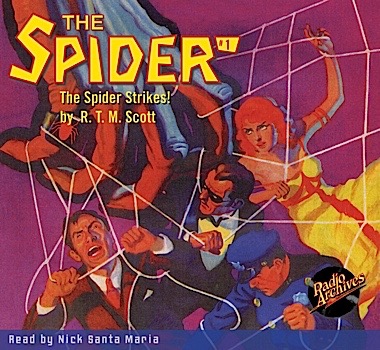


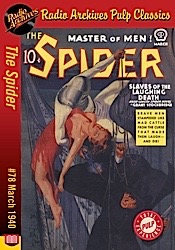
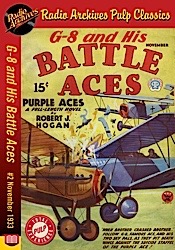
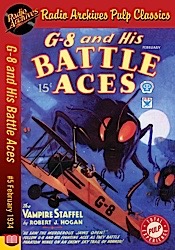
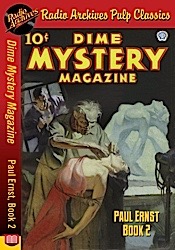
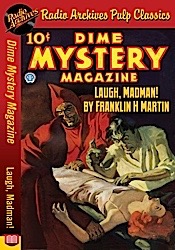
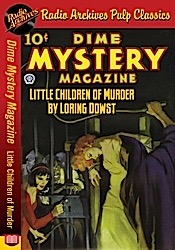
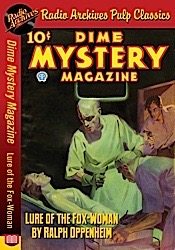
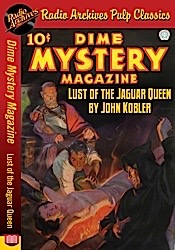




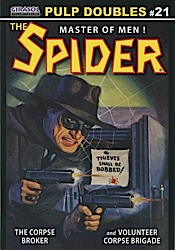


 Featured Girasol Replica:
Featured Girasol Replica:
